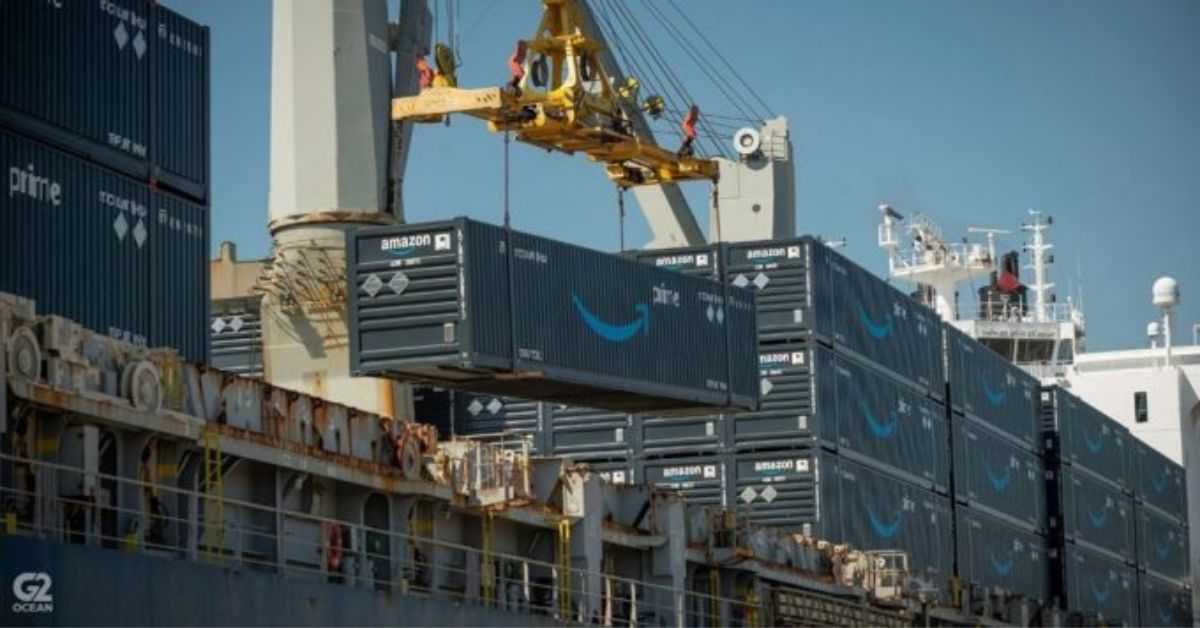Heavy-duty vehicles are responsible for approximately a quarter of the EU’s CO2 emissions from road transport. Emissions in this sector have increased yearly since 2014, dropping only in 2020 because of the COVID-19 pandemic. For trucks, the primary cause of this trend is a growing demand for freight transport. The improved energy efficiency of road freight transport partly offsets it. To contribute to the goal of a climate-neutral EU, a combination of changes is needed, including faster improvements in energy efficiency, a shift to vehicles with lower emissions, and more efficient transport modes.
One of those more efficient transport modes is by water, whether open sea on inland waterways. The extended waterways of Europe offer many advantages regarding logistical operations, particularly regarding reducing carbon emissions. One company that is making use of Europe’s sea connections is. The global distribution company is moving inventory and customer packages by sea as it provides a more efficient, lower emission, and faster mode of freight transport. By using sea transportation rather than traditional trucks, Amazon is avoiding roughly a quarter of the carbon emissions for next-day delivery trips on average in Sweden.
Amazon has partnered with Stena Line in Sweden and operates more than 25 sea routes between Sweden, Germany, and Poland, transporting inventory between its buildings. “We are always looking for innovative ways to transport packages for customers through less carbon-intensive methods,” Gulfem Toygar, Country Manager, Amazon Sweden, said. “In a water-surrounded country like Sweden, we are excited to announce our most recent transportation mode – Amazon Sea – that enables next-day delivery to Swedish customers while avoiding roughly a quarter of the carbon emissions.”
As part of its effort to offer a broader selection and faster delivery to customers across Europe, Amazon is increasing the use of short trips by sea, taking advantage of Europe’s geographic peculiarities. Amazon currently operates more than 170 sea routes across Europe, and this year alone has added over 60 short sea and waterways routes.
This initiative is integral to Amazon’s goal of decarbonizing its operations and achieving net zero carbon emissions by 2040, ten years before the Paris Agreement. Sea routes provide a more sustainable, efficient, and in some cases, faster mode of freight transport in comparison to other land-based alternatives. Amazon is using Ro-Ro (roll-on, roll-off) method, which means that its existing road carriers are bringing loads to the ports and driving directly on and off the vessels of its maritime partners.







